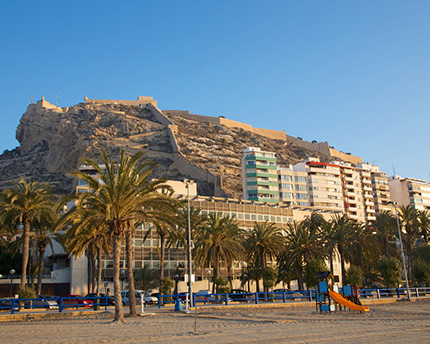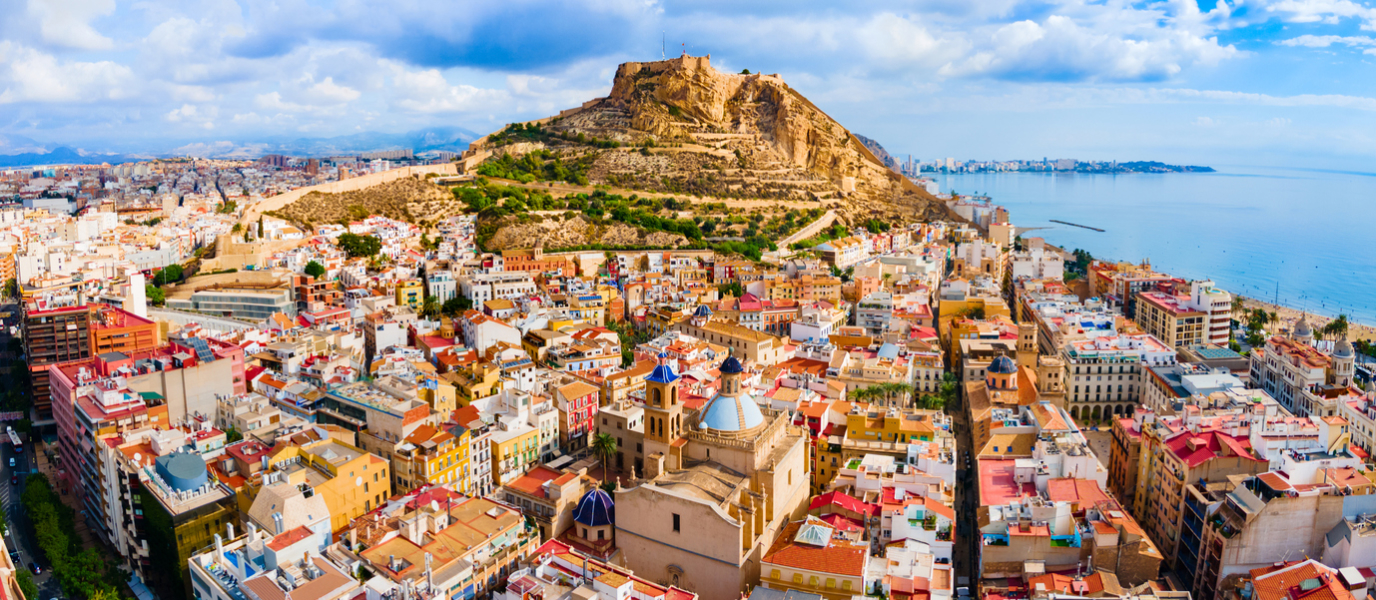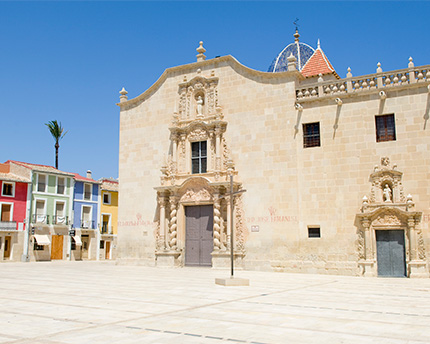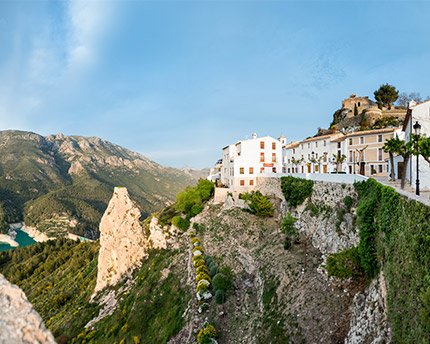You have to gaze up to the skies if you want to spot Santa Bàrbara castle in Alicante. It sits up high on the summit of Mount Benacantil at an altitude of about 170 m and it’s one of the largest medieval fortresses in Spain. The castle offers visitors spectacular views of the city, the port and Alicante Bay. On a clear day you can even glimpse the beaches of San Juan and Campello.
Santa Bàrbara castle is free to visit and the structure consists of three distinct areas that were built in different time periods and are set across different levels; put together, the complex covers approximately 400,000 m2. The highest area is known as La Torreta and contains the Torre de l’Homenatge (the keep) and the oldest part of the fortress, dating from the 14th century. This is where you’ll find the famous Bastion of the English, the Engineers’ Park, the Noble Hall (once a hospital), the Governor’s House, etc. The highest esplanade is where the ancient Moorish citadel once stood.
Three areas in Santa Bàrbara castle
The middle area houses the large spaces that were constructed in the 16th century: Philip II’s Hall, the Guard Corps, the Parade Ground and the Queen’s Bastion. Don’t miss the large marble shield that you can see above the entrance to this area — it once belonged to the now-vanished Royal Consulate of the Sea.
Finally, the lowest-lying area was built in the 18th century and this is where you’ll find the Revellín del Bon Repós, today used for parking, and the monument to Félix Berenguer de Marquina, a famous soldier from Alicante who was the Captain General of the Philippines and Viceroy of New Mexico.
Bronze Age remains from around Alicante’s castle
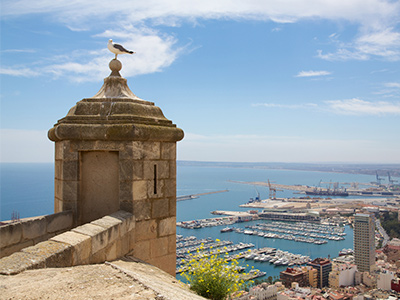
Archaeological remains from the Bronze Age and Iberian and Roman civilizations have been discovered close to Santa Bàrbara castle, although the current fortress dates from the end of the 9th century when the Moors ruled the Peninsula.
The castle was given the name Santa Bàrbara because it was on 4 December 1248, the Feast Day of Saint Barbara, when the castle was taken from the Moors by Crown Prince Alfonso of Castile, before he became King Alfonso X ‘the Wise’. Later, in 1296, King James II took possession of the castle for the crown of Aragon and, almost a century later, King Peter IV ‘the Ceremonious’ had the castle redeveloped before King Charles I ordered it to be fortified at the beginning of the 16th century.
Significant refurbishment work at Santa Bàrbara castle took place at the end of the 16th century but these renovations didn’t last long: in 1691 it was damaged by a French bombardment on the city and in 1706 the castle had to withstand attacks during the War of the Spanish Succession. In fact, the fortress bore witness to numerous wars and battles because attackers couldn’t capture the city without conquering the castle.
During the Spanish Civil War it was initially used to imprison Nationalist prisoners and then, later, supporters of the Second Republic. Afterwards it fell into abandonment until it was opened to the public in 1963.
What to do at Santa Bàrbara castle and interesting facts
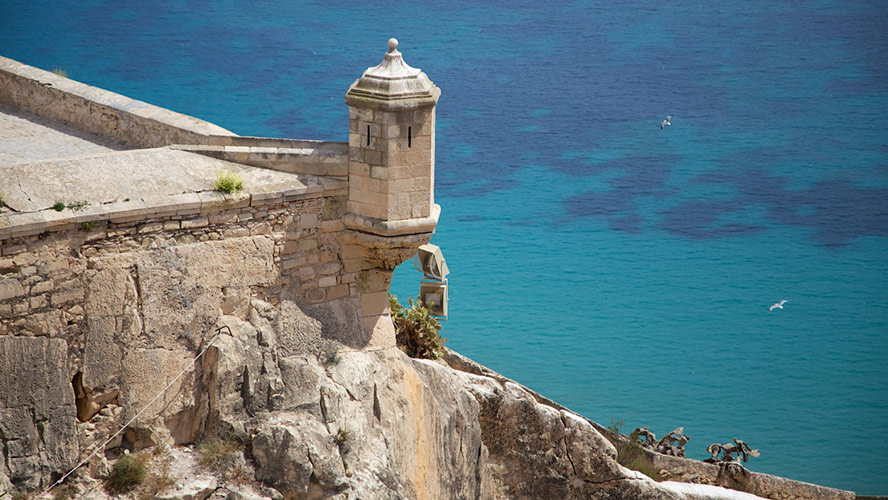
Today, Santa Bàrbara castle runs several different experiences aimed at a mixed public. You’ll find dramatized visits, special breakfasts and lunches, and dinners with a show on the castle’s restaurant terrace, which could be anything from a tribute to The Beatles or Abba to Mexican music.
An unusual fact: if you look at the mountain where Santa Bàrbara castle is located from Santa Cruz neighbourhood or the beach, you’ll see that the profile of the fortress looks like a face — it’s known as the “face of the Moor” and is a famous icon of Alicante city.




































































